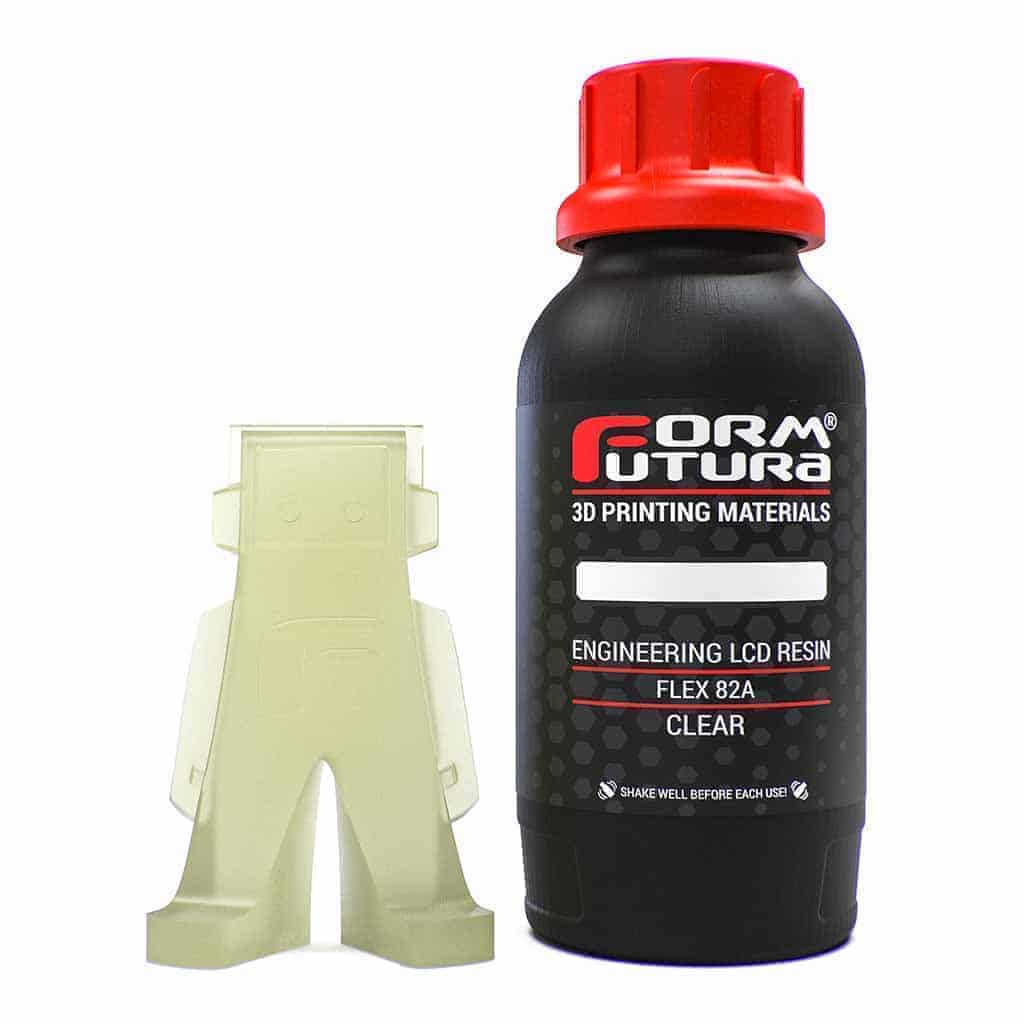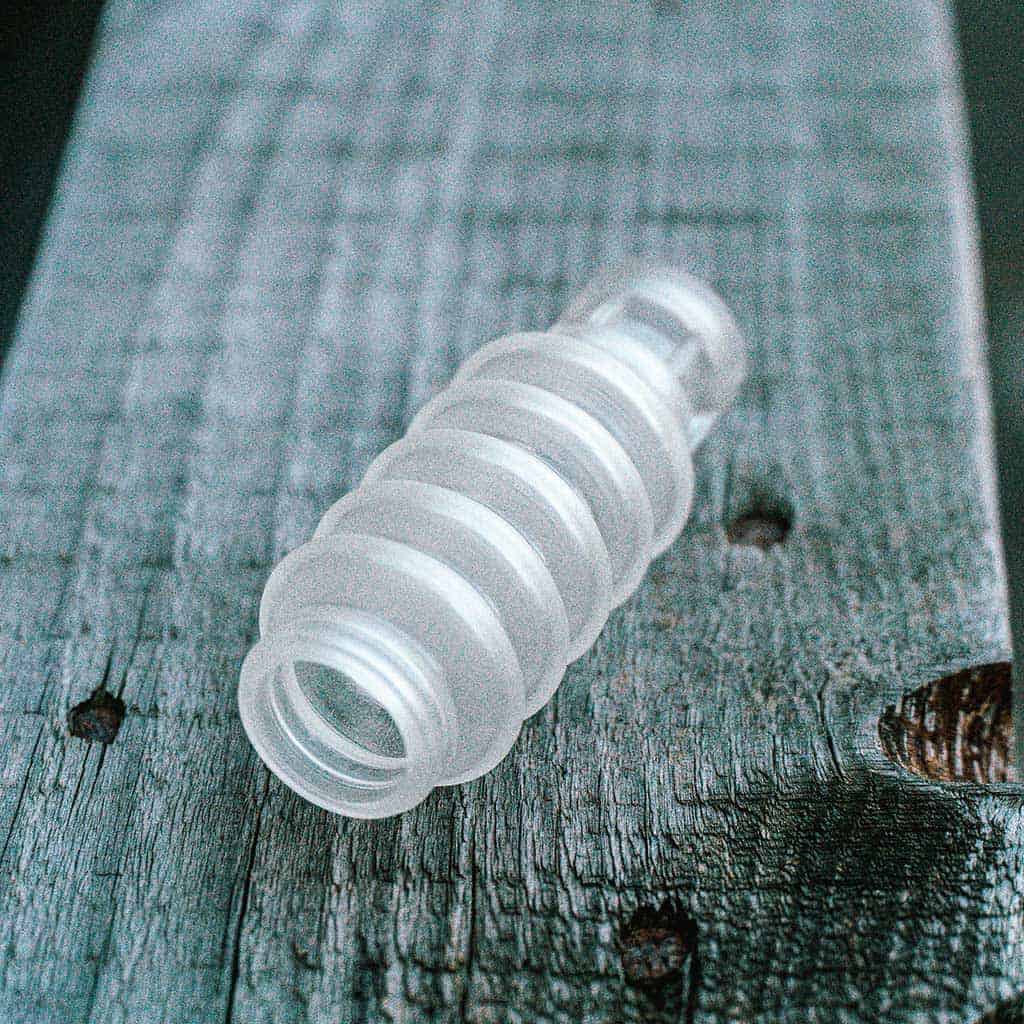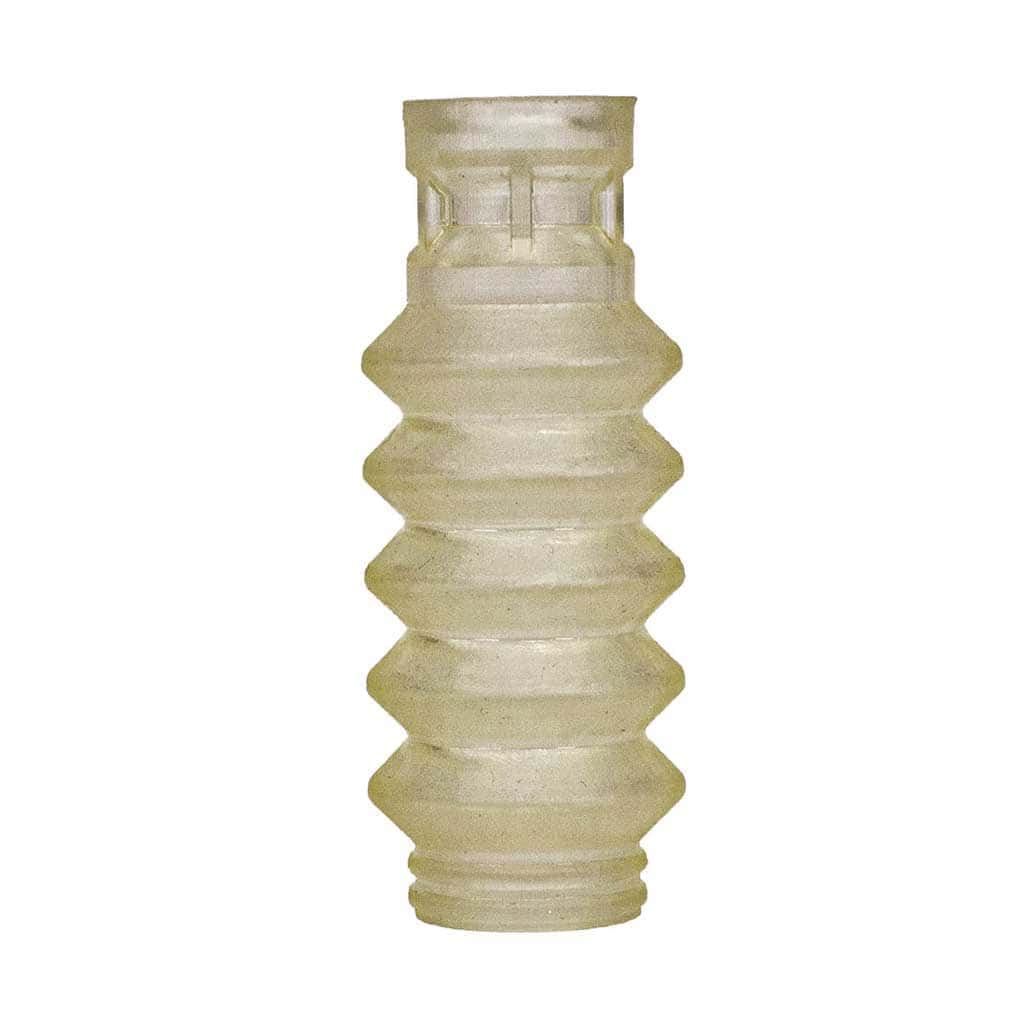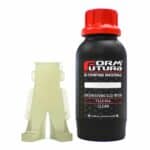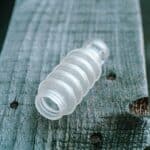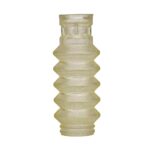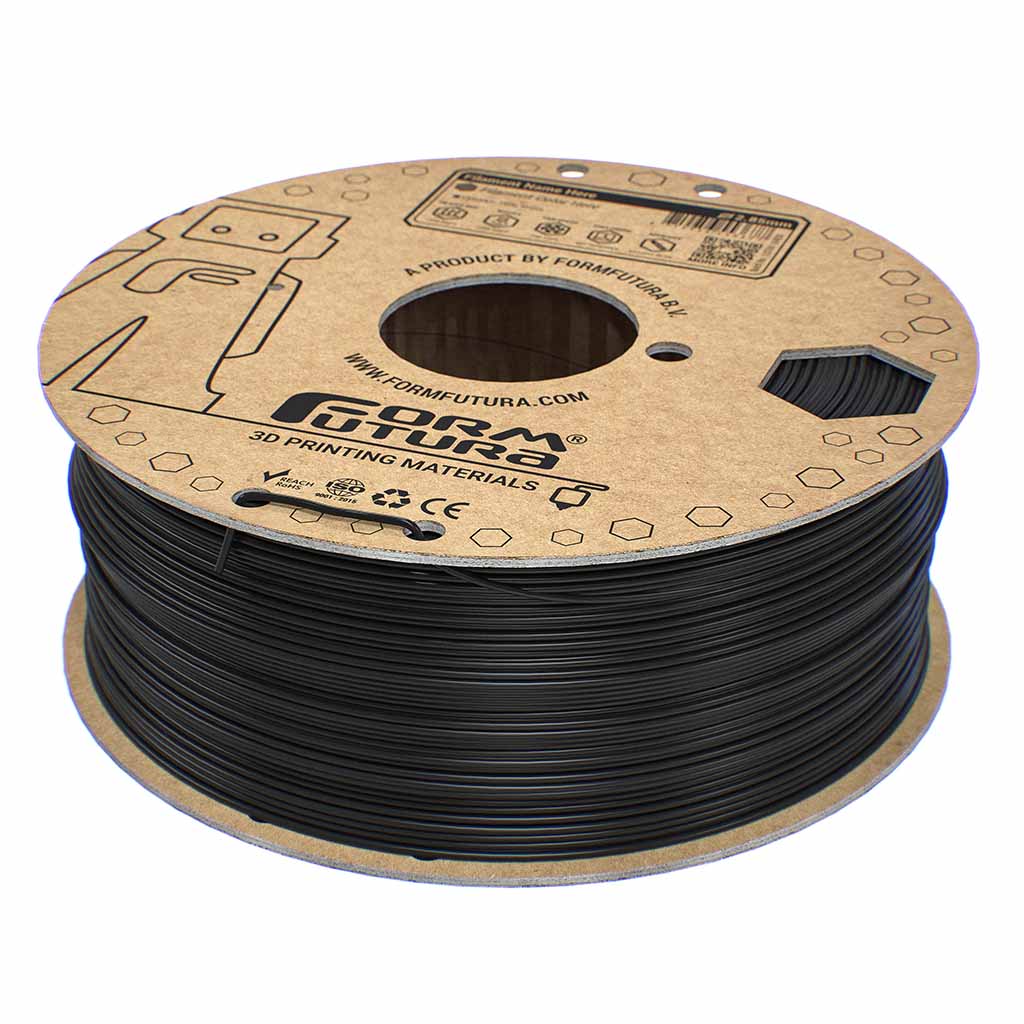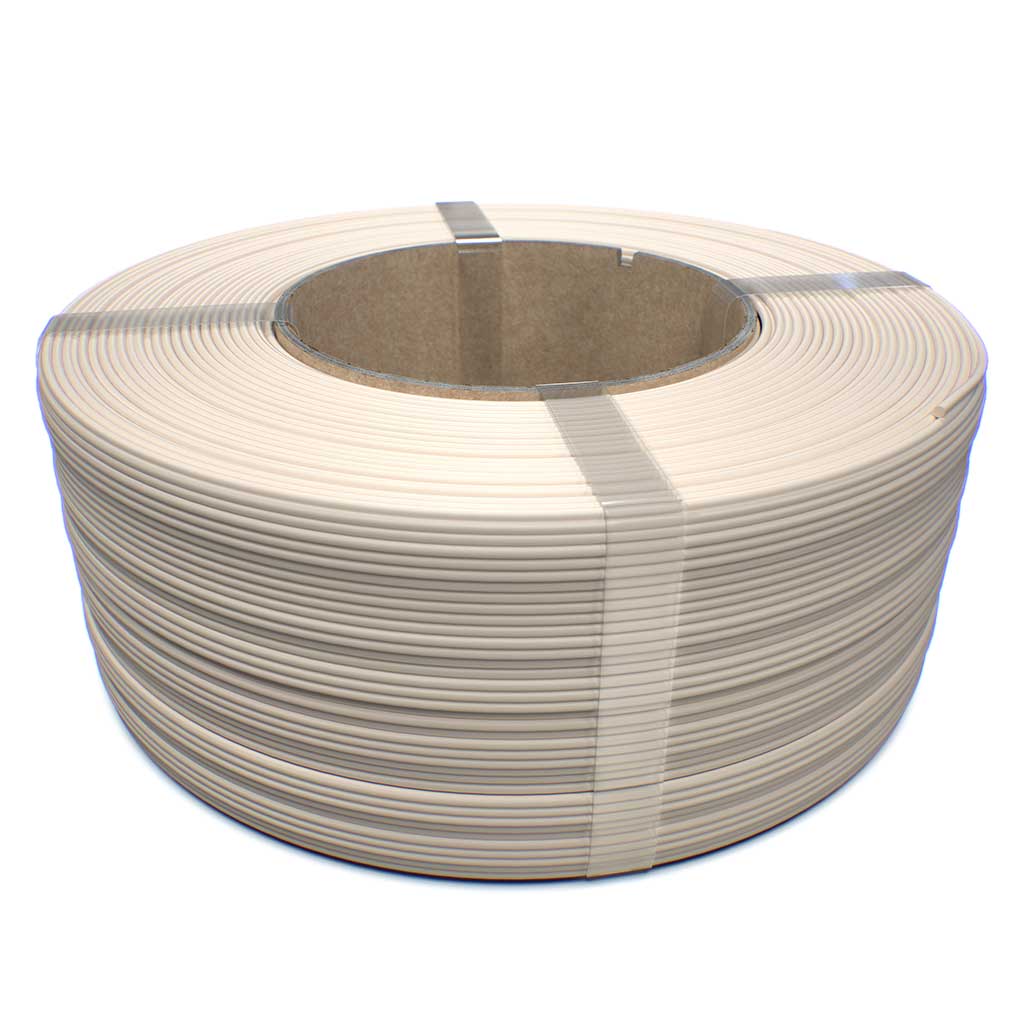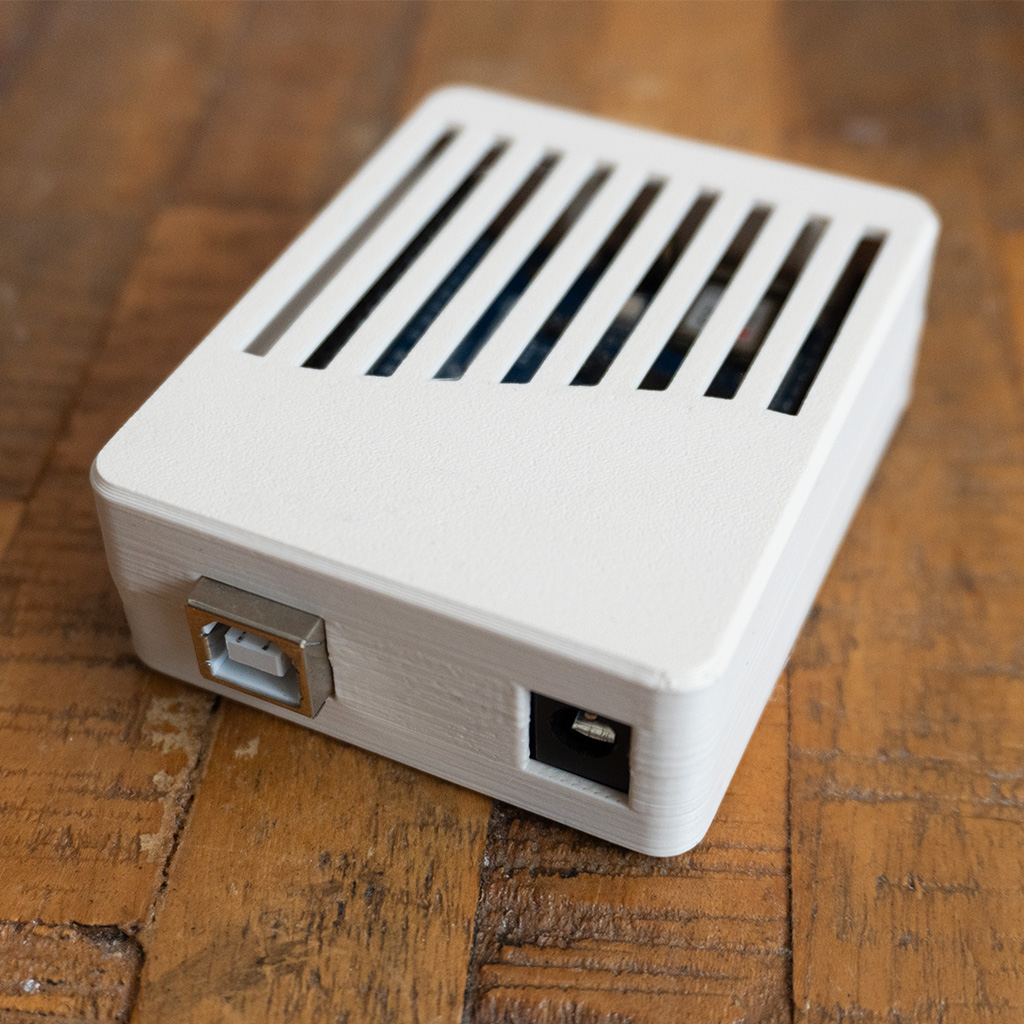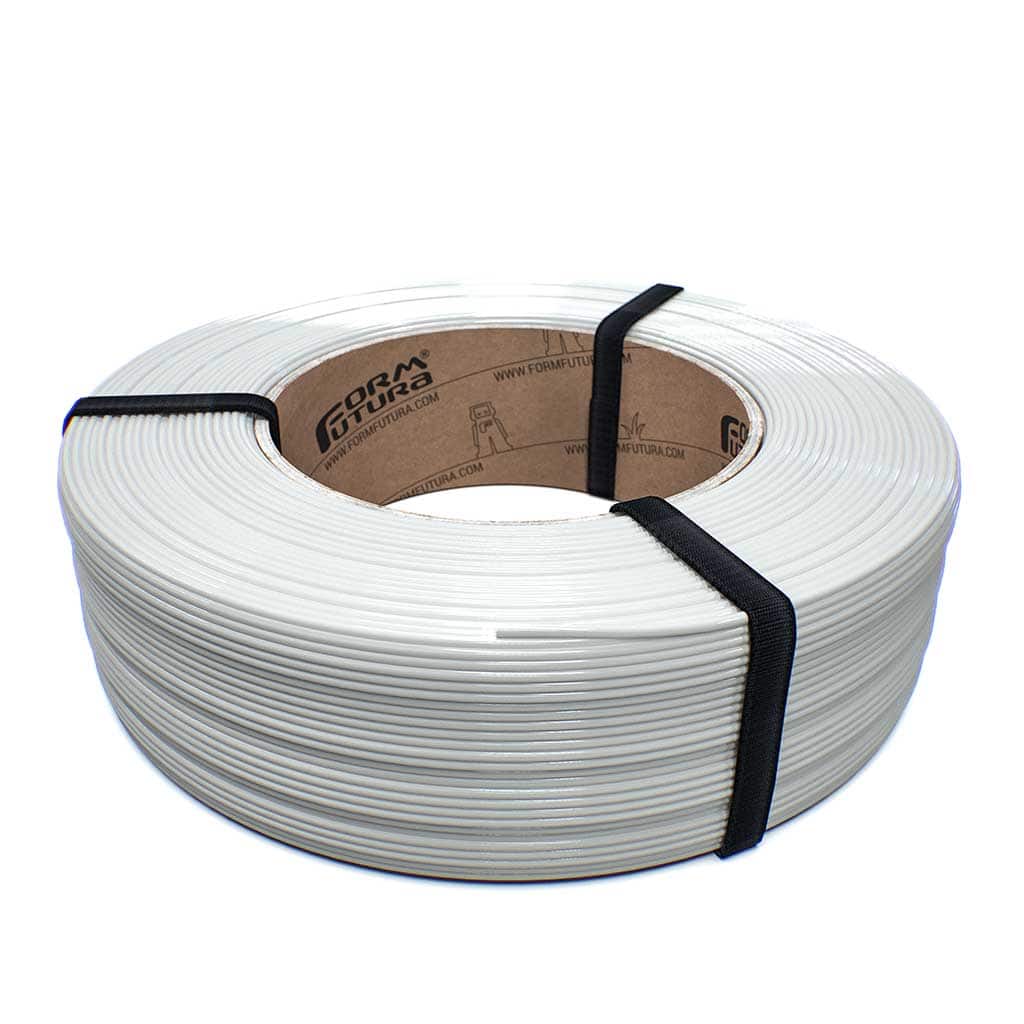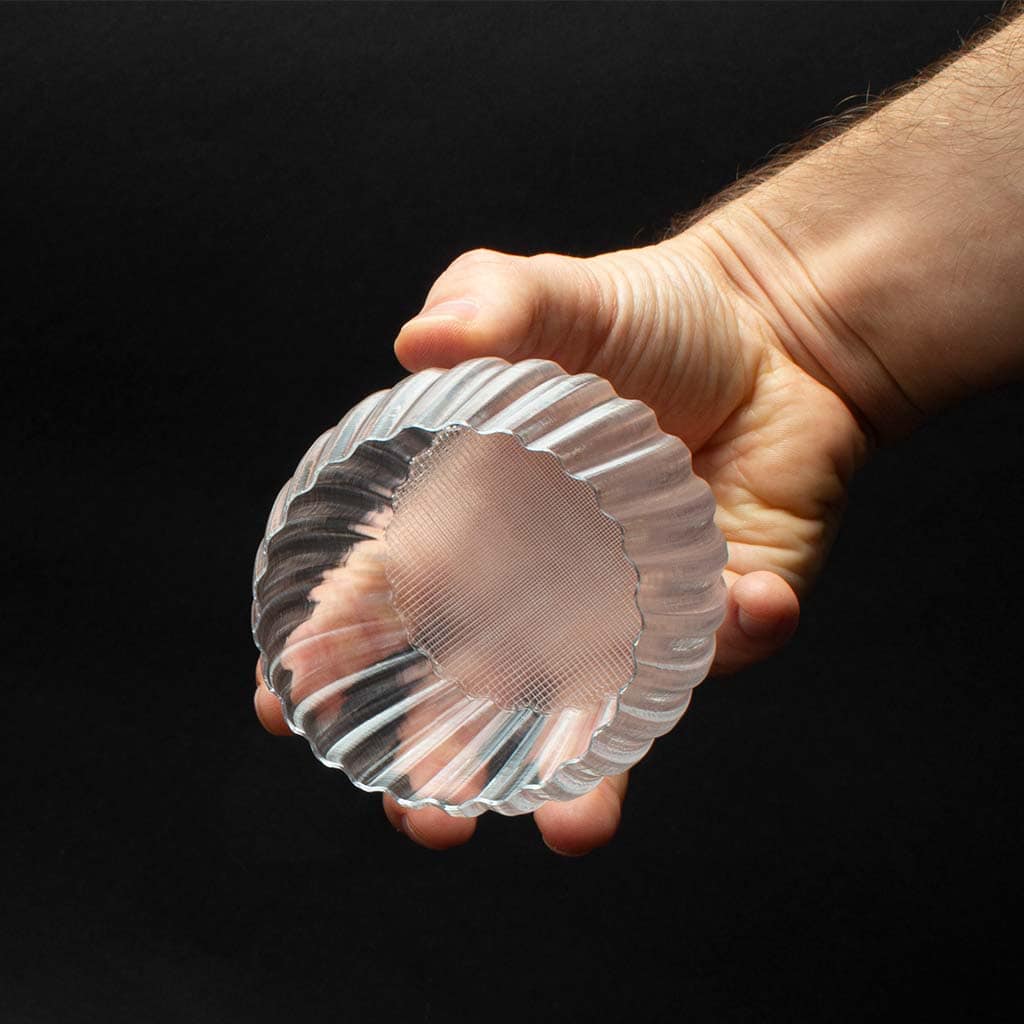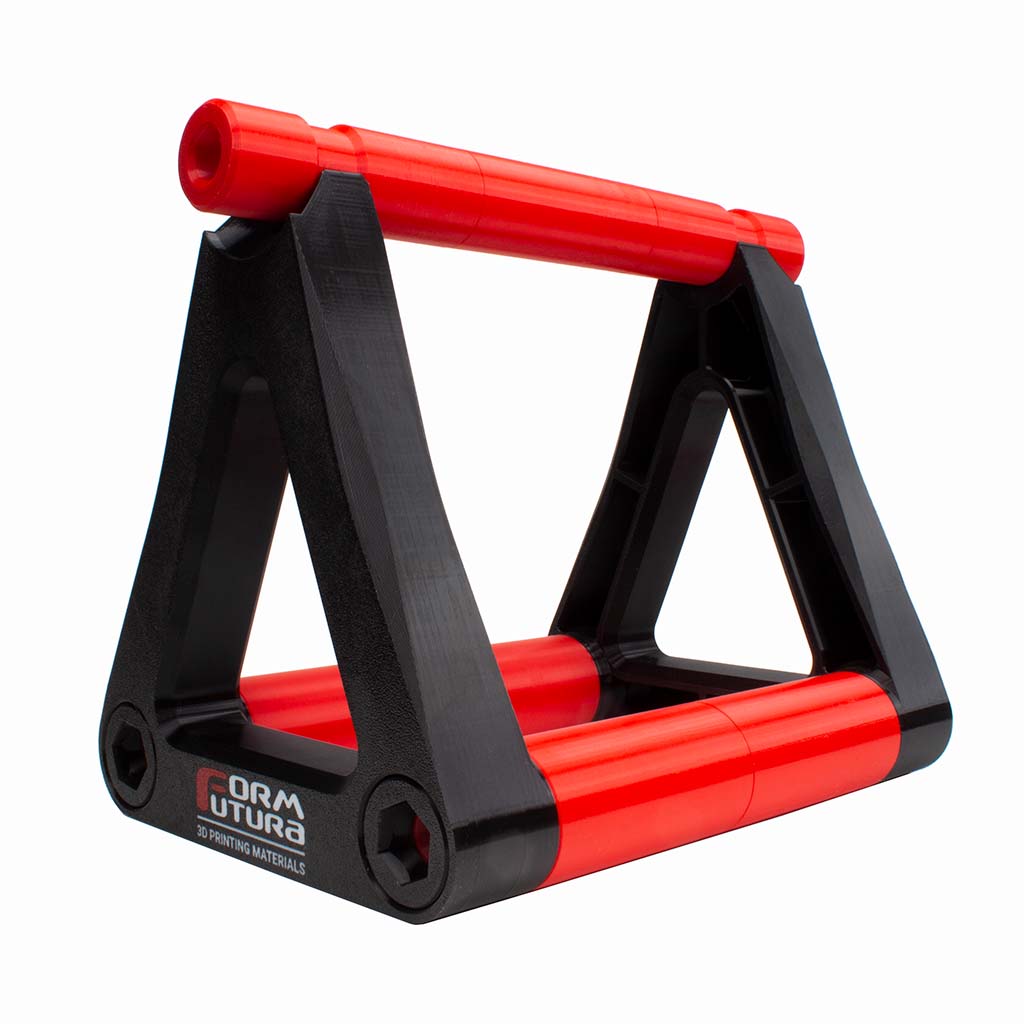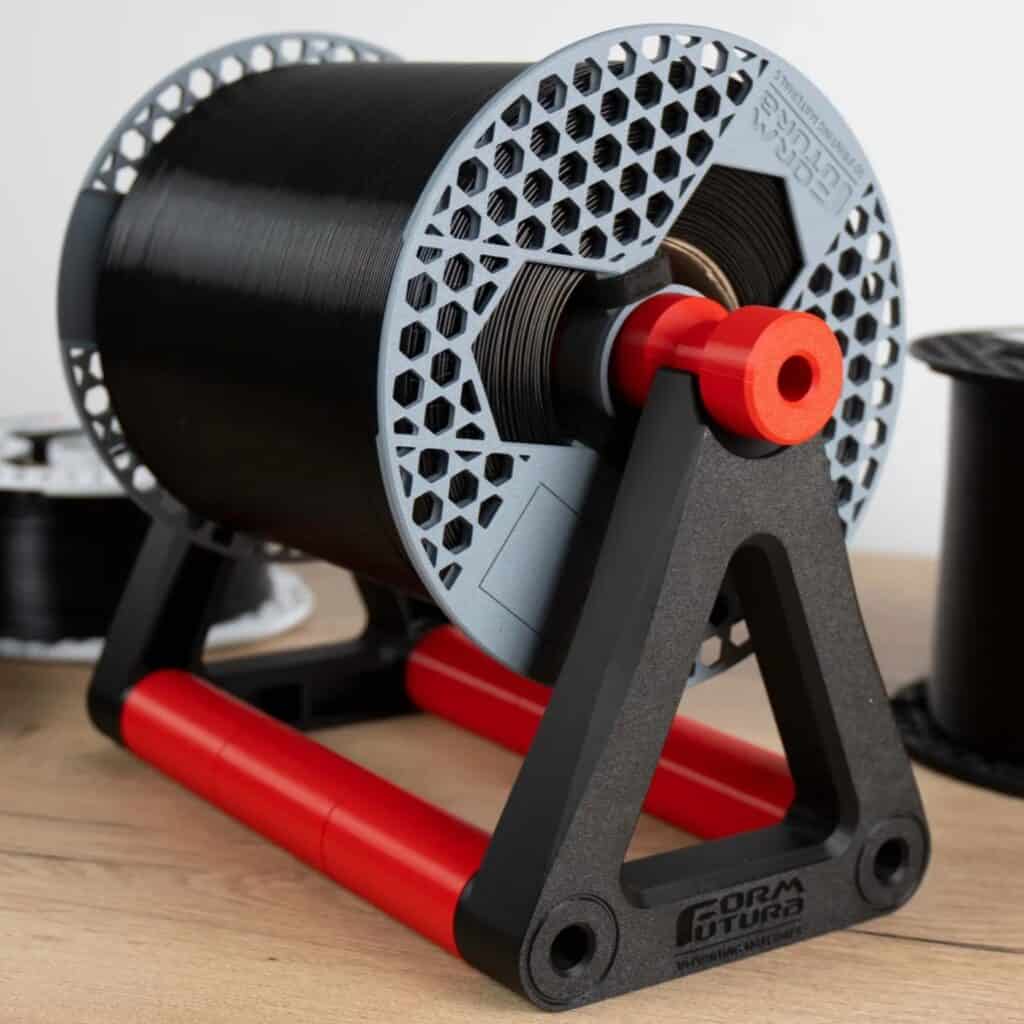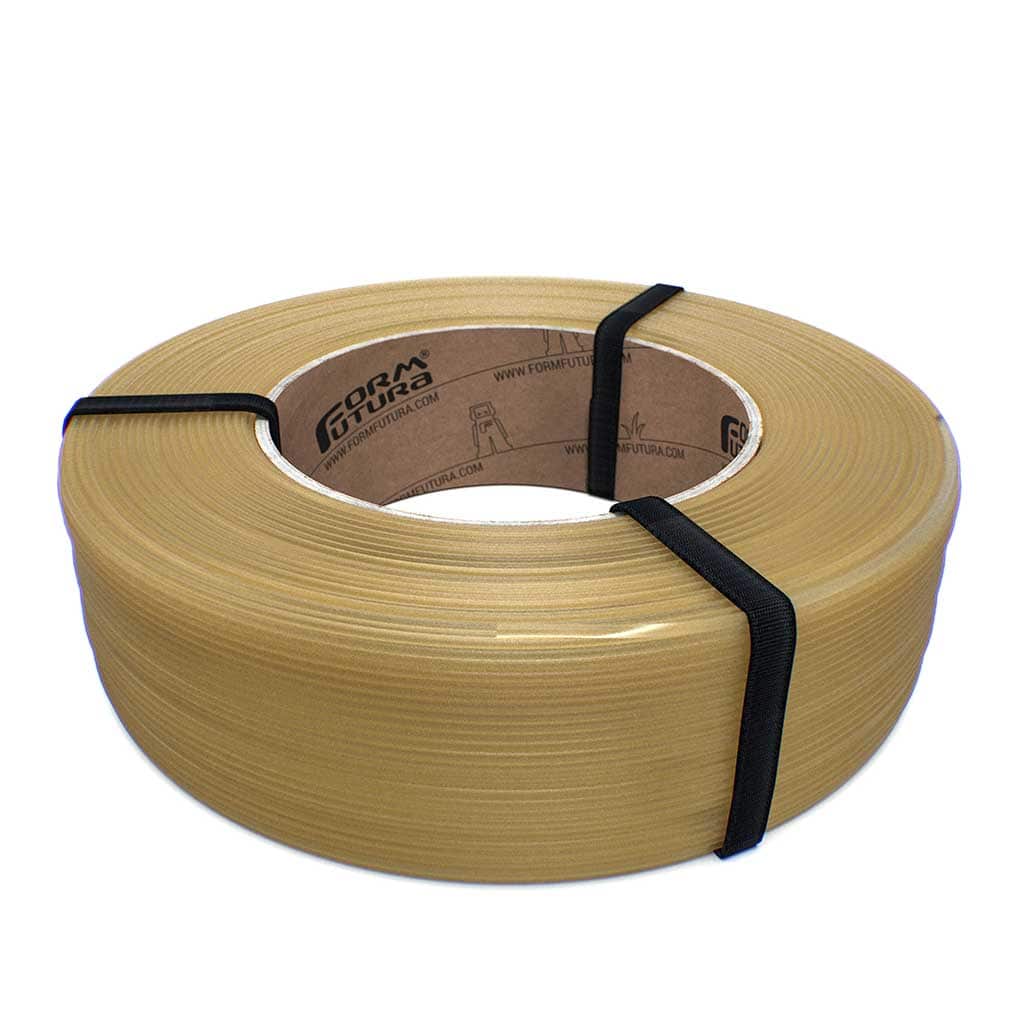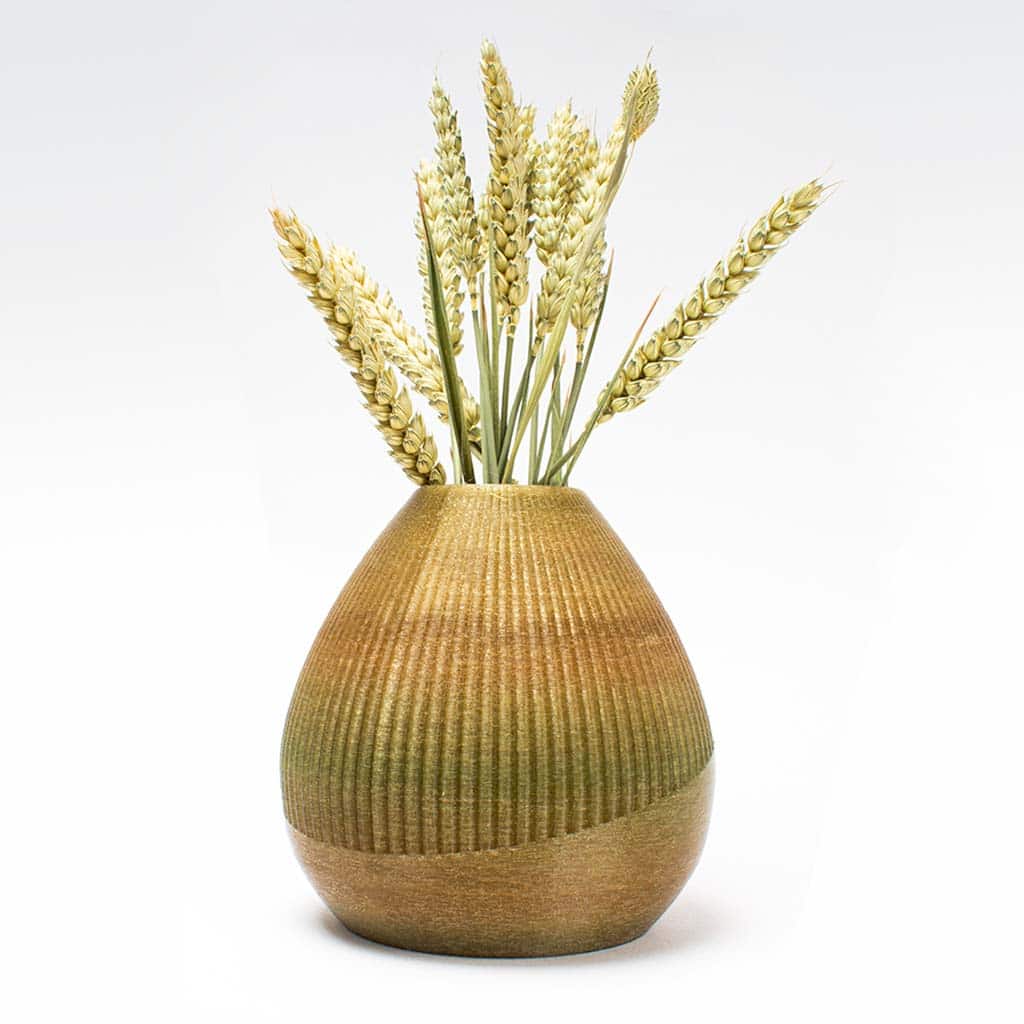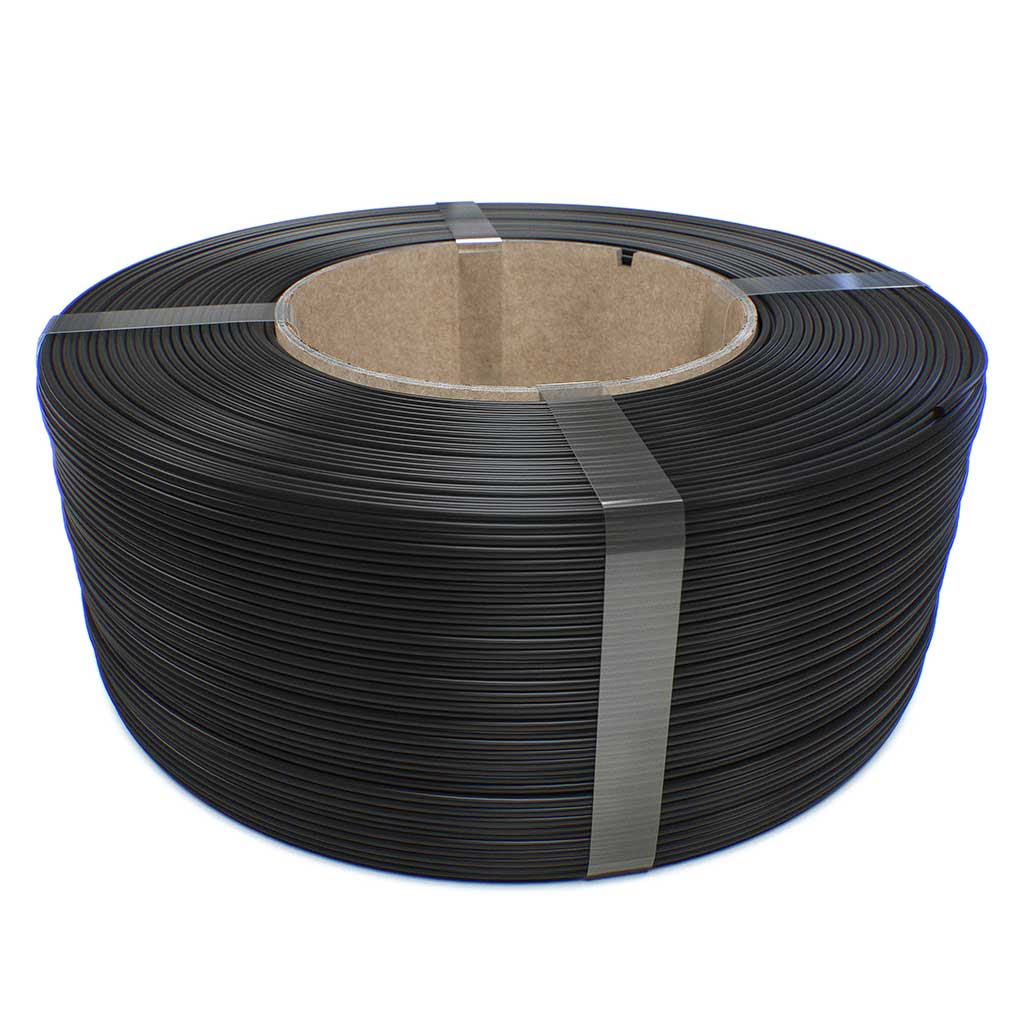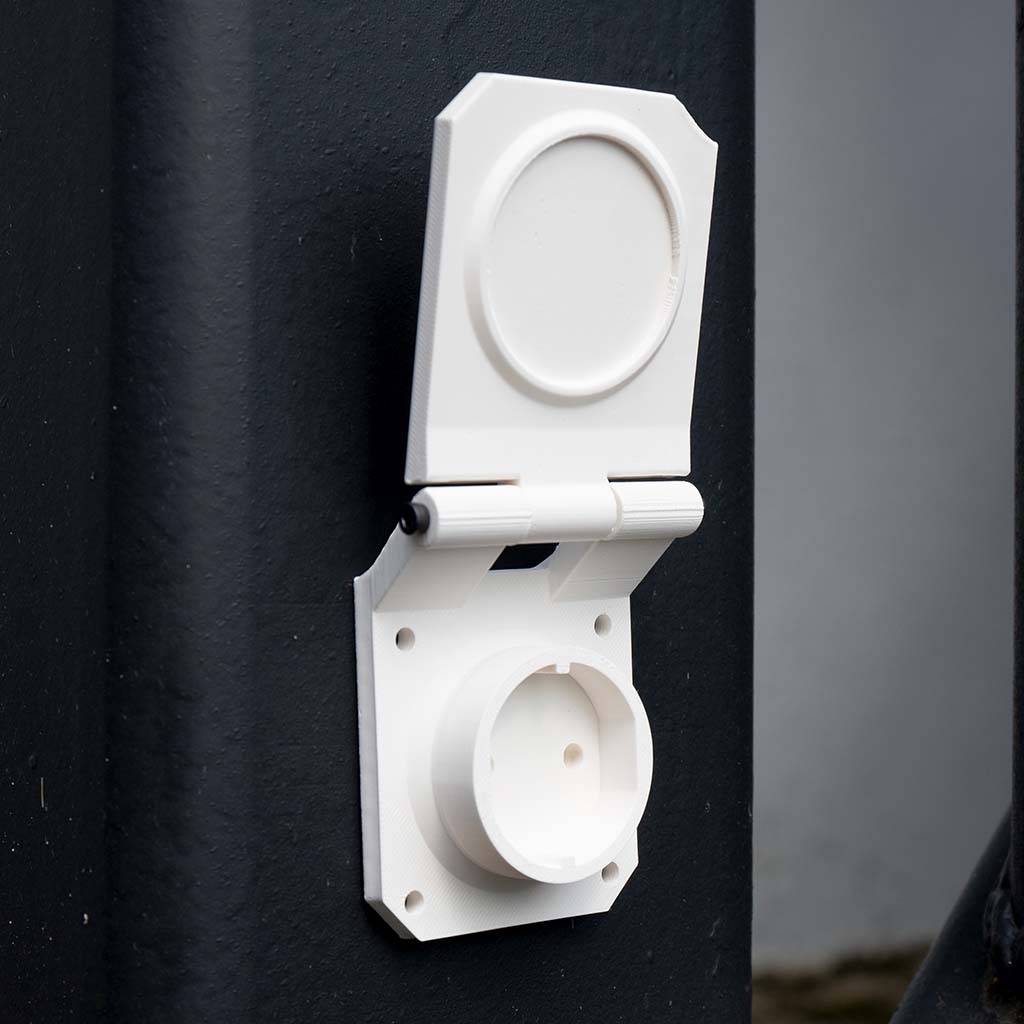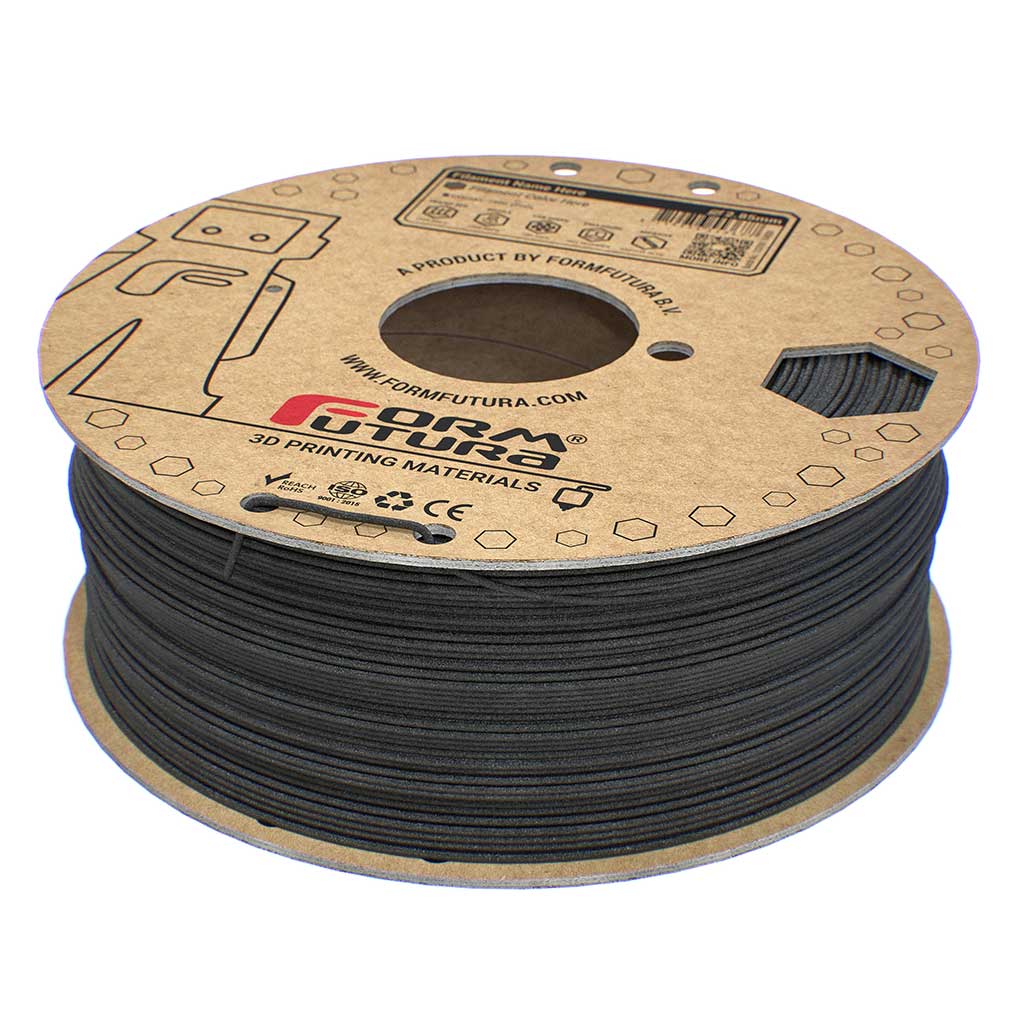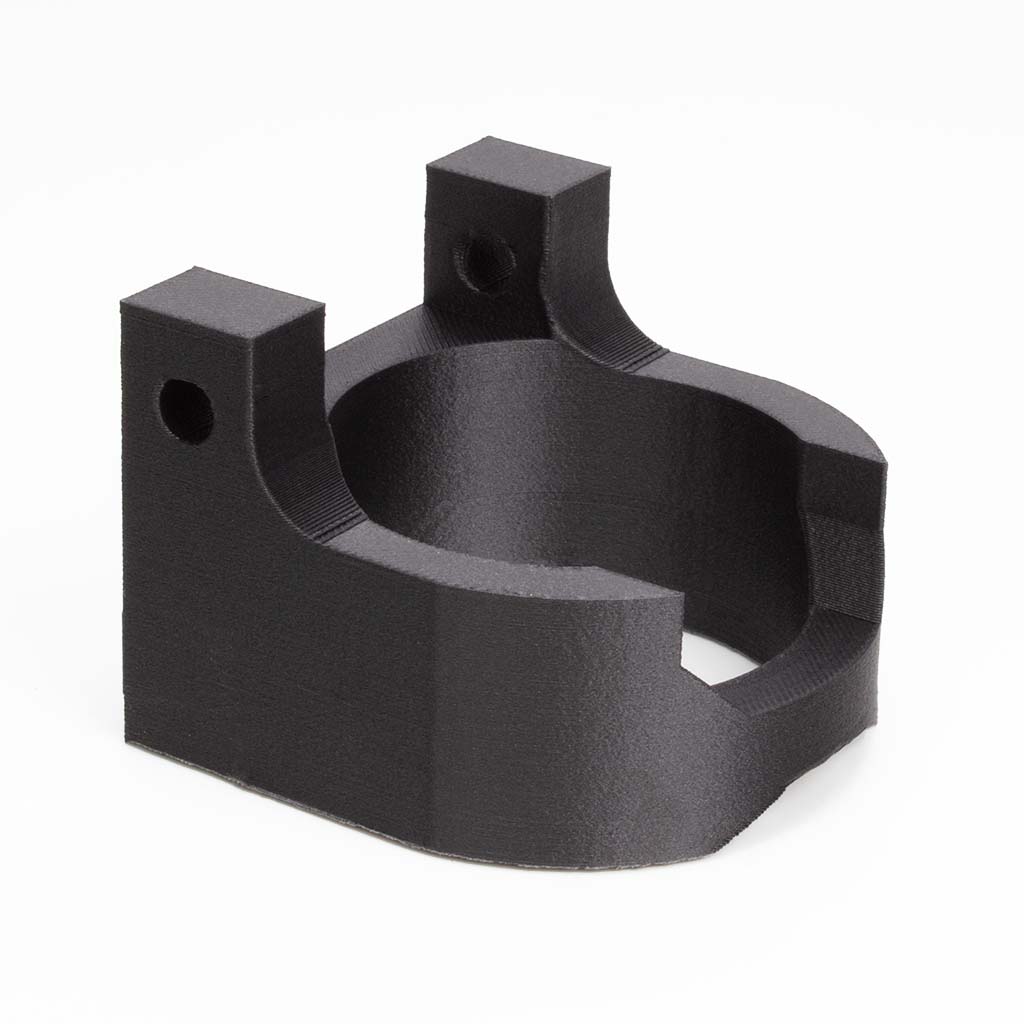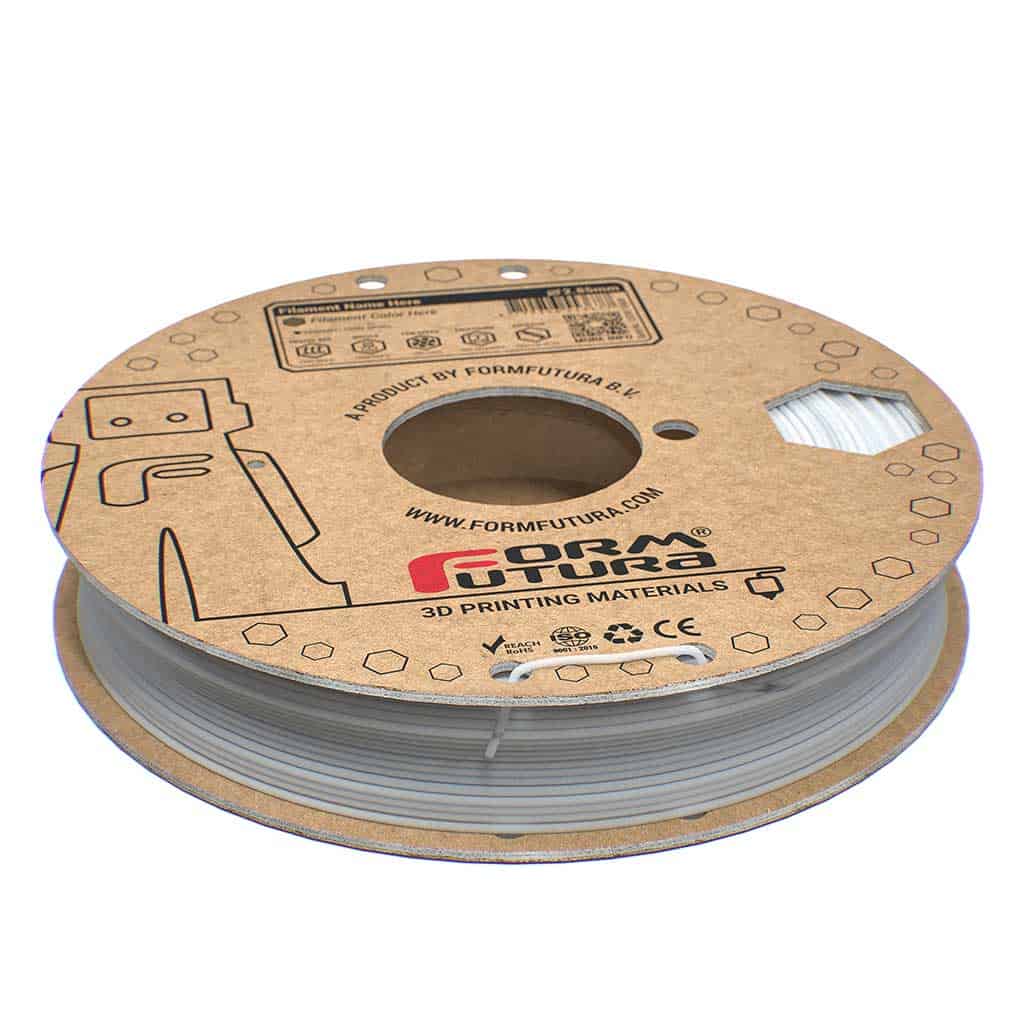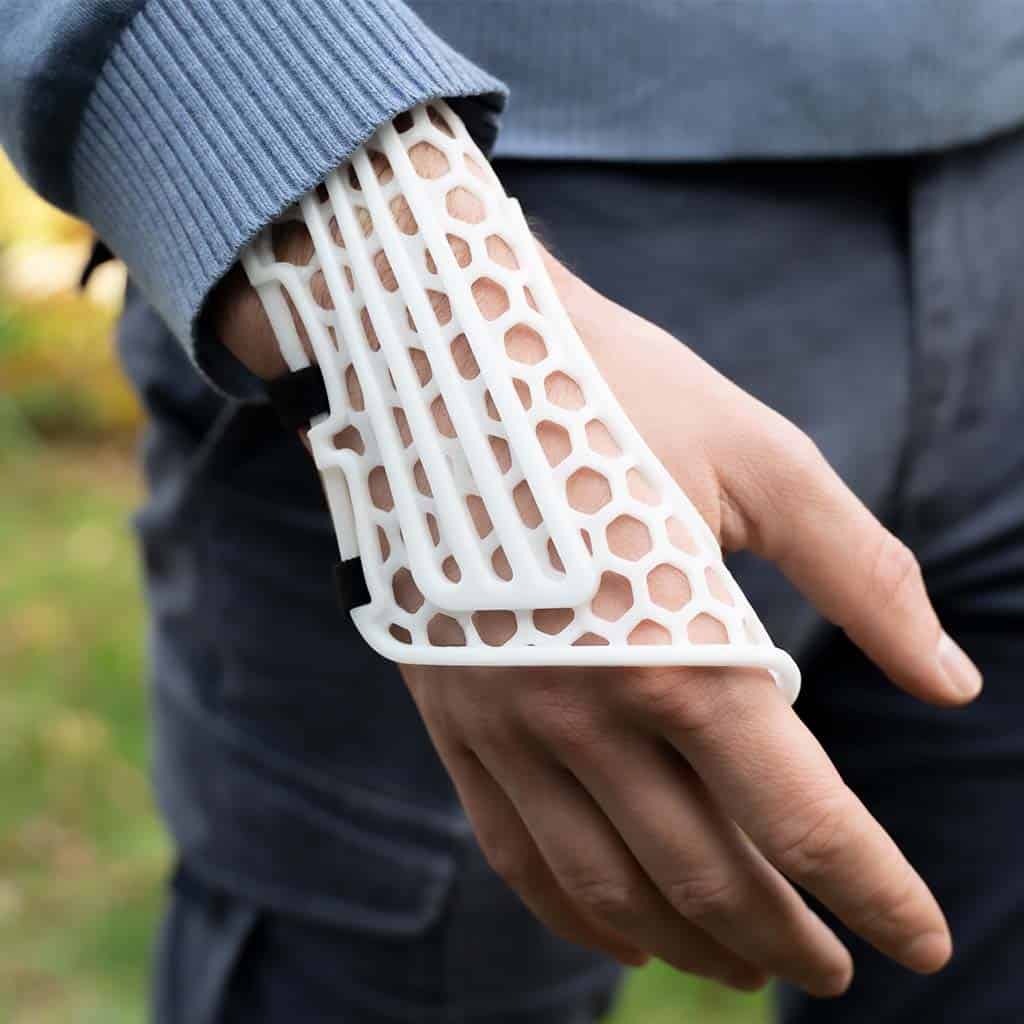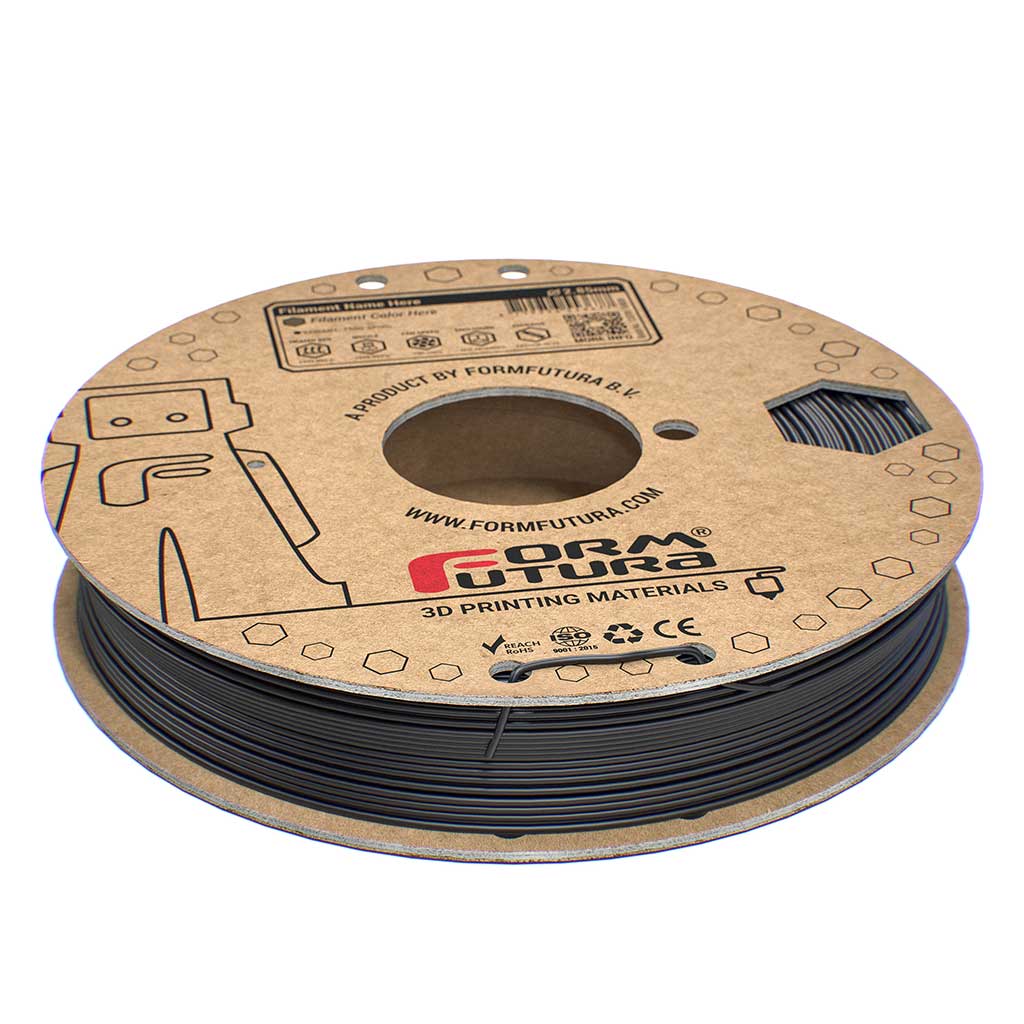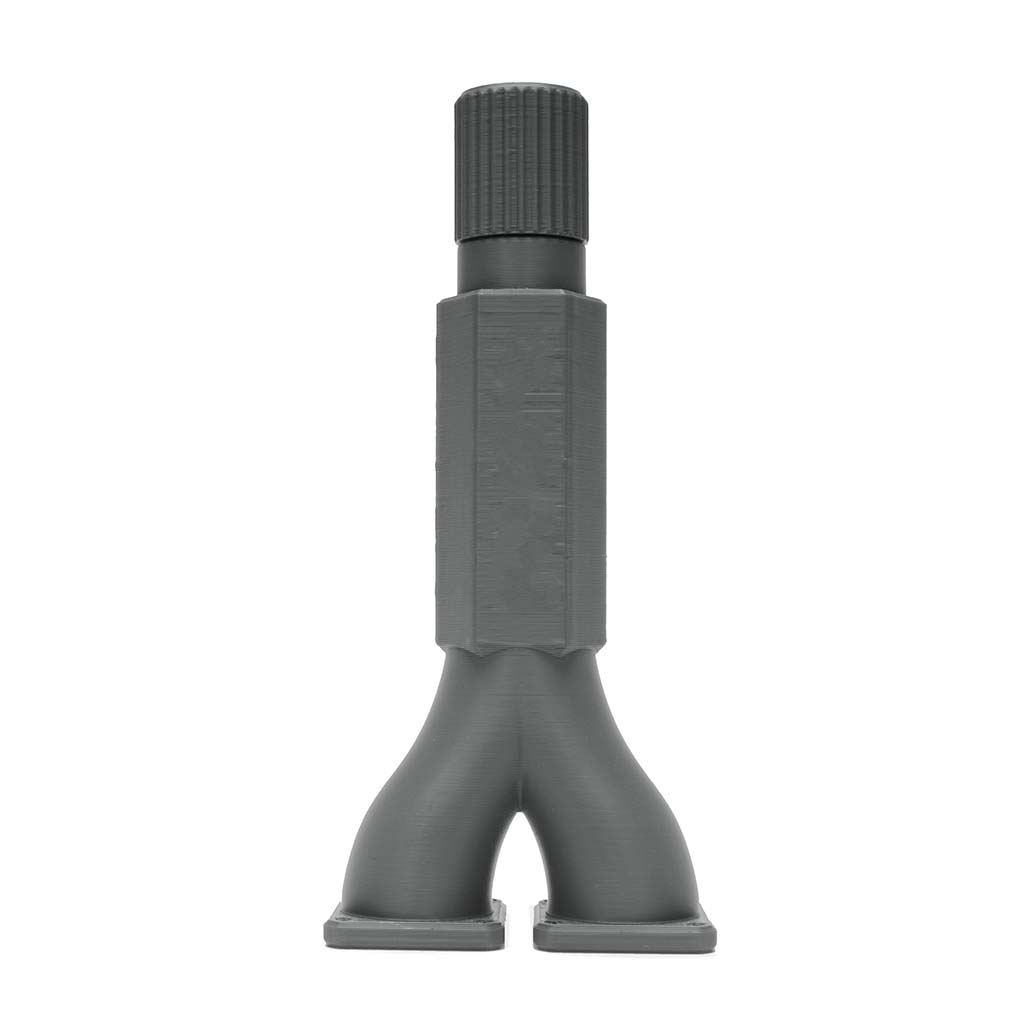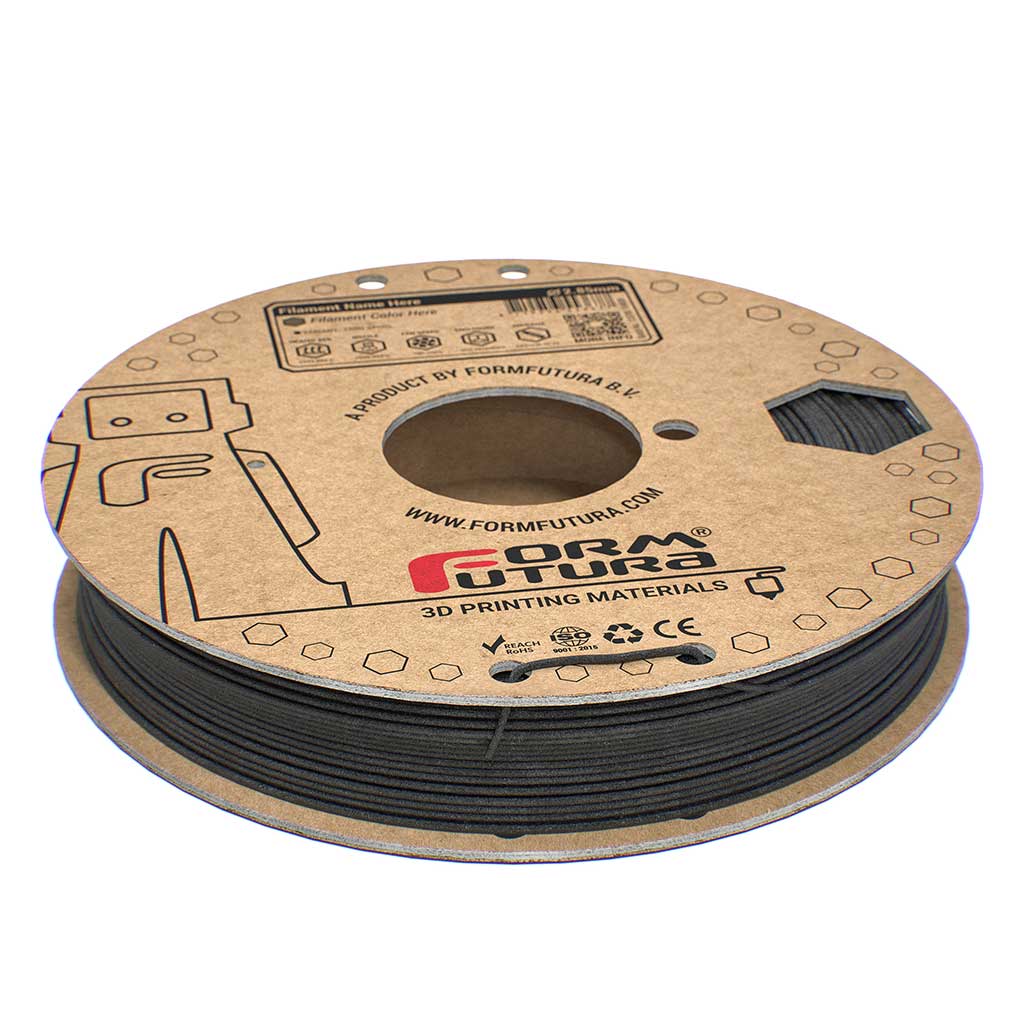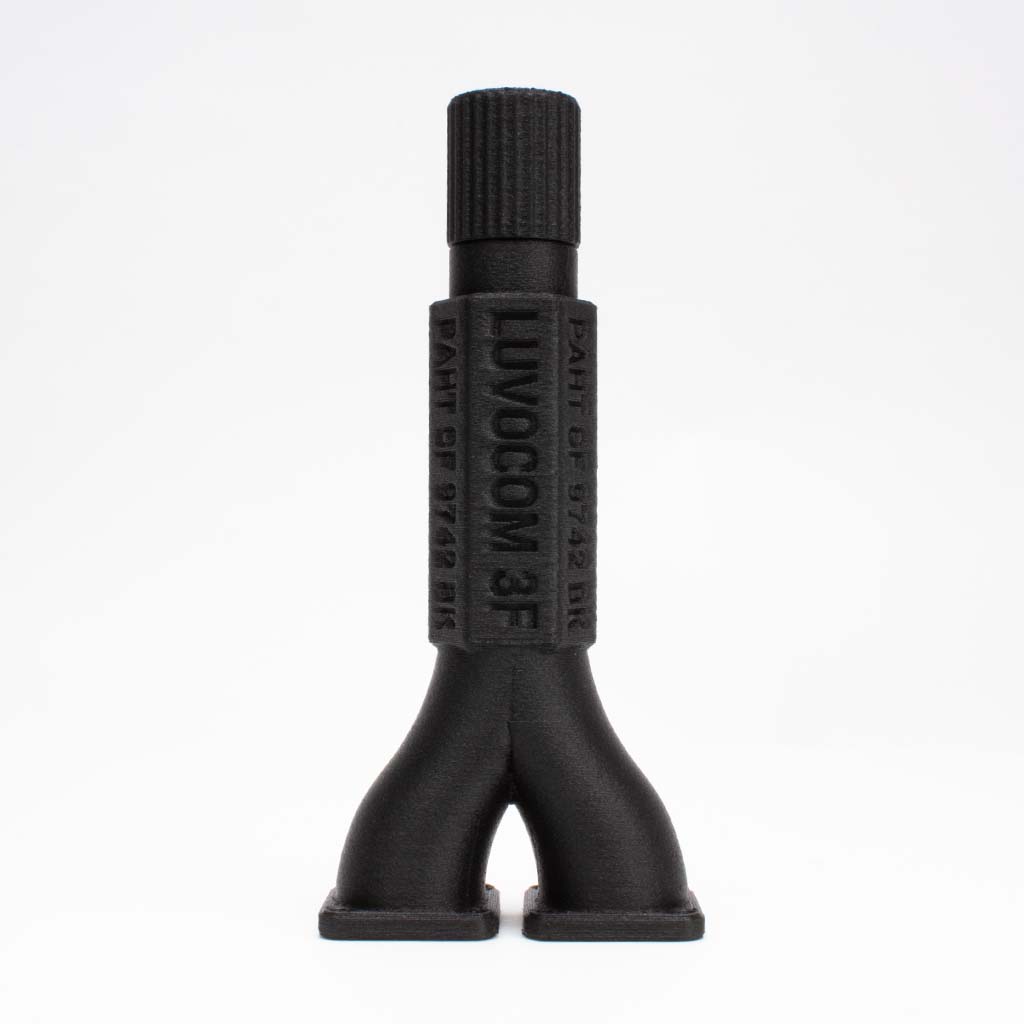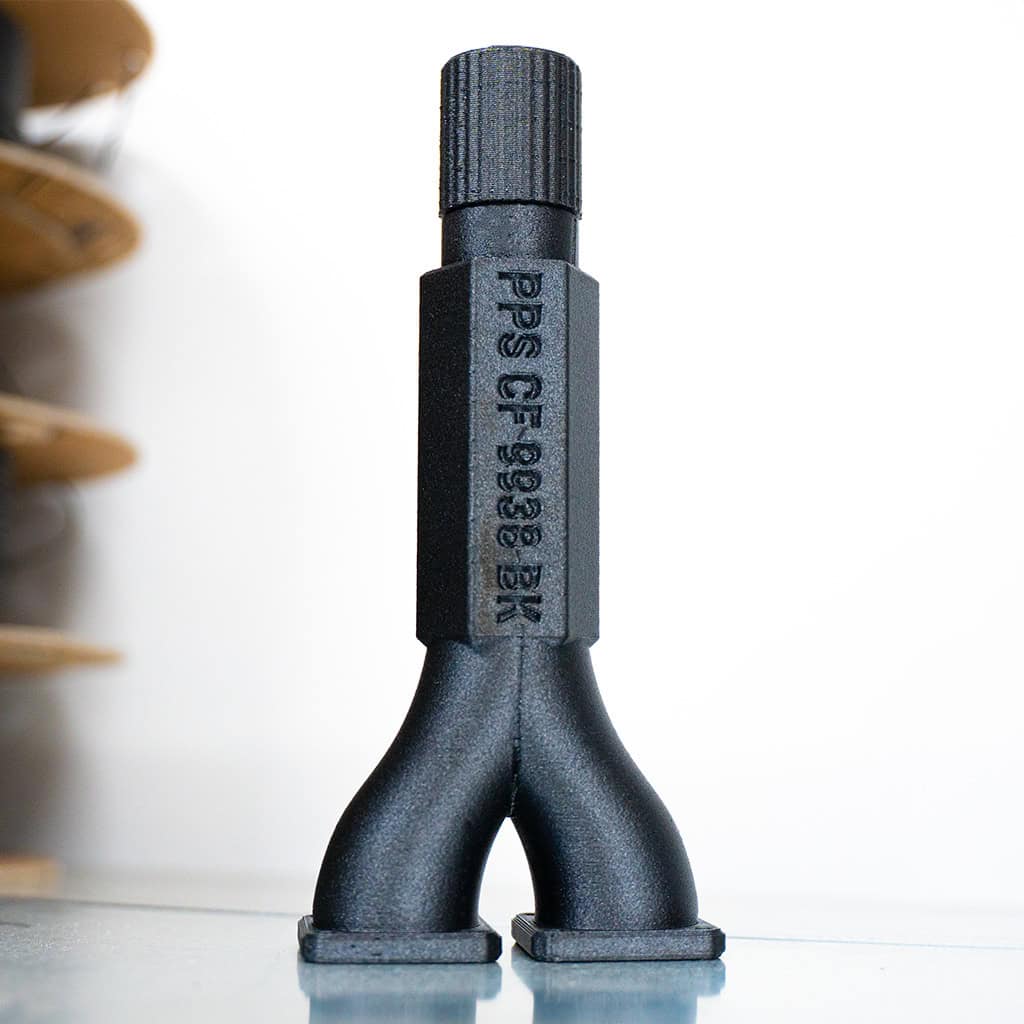Our Engineering LCD Resin – Flex 82A is a soft-touch 3D printing resin with rubber-like properties. This engineering resin has material properties comparable to TPU with a shore hardness ranging from 82A to 87A. The combination of semi-flexibility with strength makes this resin a versatile material for various applications. Parts 3D printed with this resin can be repeatedly compressed, bended and flexed, without losing its properties.
Important key features
- 3D printing resin with rubber-like material properties.
- Good resilience to bending, flexing, and compression.
- Excellent material specifications with respect to damping and shock absorption.
- Good compatibility with all SLA, DLP and LCD / MSLA 3D printers in the range of 385 – 420nm.
Suitable applications
- Perfectly fit for manufacturing seals and gaskets.
- Suitable for creating wearables and soft-touch applications.
- Perfect for producing mechanical and operational replacement parts.
- Excellent material for making handles and grips.
- Perfect for short-run manufacturing
Physical properties after post curing
Please note that the above-displayed values can vary with individual machine processing, post-curing parts, geometry, print orientation, print settings, and temperature.
Specimens are printed on a Phrozon Sonic Mini 4K at 23°C and 50% humidity with 0,05mm layer height and 5 seconds exposure time per layer.
Specimens have been post-cured for 30 minutes with 200W and 405nm UV LED conditioned for 72 hours at 23°C and 50% humidity.
Variable shore harness
The shore hardness of our Engineering LCD Resin – Flex 82A can vary because of the hydrophilic properties, low tg and difunctional resin chemistry. This means that the shore hardness of Engineering LCD Resin – Flex 82A can vary if any of the following values deviate from the standardized specifications.
- Conditioning Time: 72h at 50%.
- Conditioning Temperature: 23°C
- Measurement Humidity: 50%
- Measurement Temperature: 23°C
Exposure to the elements for a couple of days can significantly change the shore hardness by either raising or lowering the humidity level and temperature. Therefore, the shore hardness will very likely increase at cold temperatures and low humidity and decrease at high temperatures and high humidity.
Preparation(s) before starting to print
- Shake the bottle for at least 2 minutes before each use.
- After shaking the bottle, leave the resin to rest for 10 minutes to let air bubbles get out of the resin
-
- The resin can be poured back from the vat into the bottle once your print is finished
- Always use protective measurements like safety glasses and nitrile gloves when handling resins.
Post-processing
- We do advise you to post-process your 3D print in order to achieve the material properties
-
- Rinse your 3D printed object in IPA or (Bio)Ethanol for approximately 5 minutes
- An ultrasonic cleaner is preferred/recommended
-
- Make sure that IPA and/or (Bio)Ethanol rinsed objects are perfectly dry before further post-curing
- Place the rinsed parts in a well-ventilated area for at least 30 minutes, or use pressurized air for at least 2 minutes
-
- Cure your object in a high power curing chamber for approximately 20-30 minutes at 65° C
- The preferred curing wavelength is between 300-410nm
- Note: The Print will come out very yellow-ish / bright yellow, this will fade over time when exposed to uv light from outside/inside. (this is called Photo Bleaching).
Safety
Please always be aware that when 3D printing with resins that you are working with chemicals and that you should always be cautious and use the personal protective equipment as stipulated in our safety data sheets.
- Always wear Respiratory Protection when sanding/cutting the resin object.
- Always use nitrile gloves when handling resins and uncured resin objects.
Print Settings
Anycubic Photon Mono SE
50µm
First / Burn-in Layers: 6x to 8x 35 to 45 Seconds
Normal Layers: 5.5 to 6.8 Seconds
Lifting Distance: 6mm
Bottom Lift Distance: 8mm
Light-off Delay: 0.5 to 1 Second(s)
Bottom Light-off Delay: 1 to 1.5 Second(s)
Lifting Speed (mm/min): 90
Retract Speed (mm/min): 240
Phrozen Sonic Mini 4K
50µm
First / Burn-in Layers: 4x to 6x 35 to 45 Seconds
Normal Layers: 7 to 8 Seconds
Lifting Distance: 6mm
Bottom Lift Distance: 8mm
Light-off Delay: 1 Second(s)
Bottom Light-off Delay: 1 to 1.5 Second(s)
Lifting Speed (mm/min): 75
Retract Speed (mm/min): 45
*If you need the best settings for your 3d printer we highly recommend using the included RERF (Resin Exposure Range Finder) or Resin Exposure Calibration Tool.
This is most likely included with the 3d printer usb stick and or manual.
Product export information
| HS Code: 29161400 | Description: Resin for 3D Printing | Country of origin: European Union |
Safety Datasheet:
Engineering LCD Resin – Flex 82A
Engineering LCD Resin – Flex 82A is a rubber-like resin that combines semi-flexibility with strength. With a shore hardness rangin from 82A to 87A, it can endure frequent exposure to bending, flexing and compression.
- Ordered before 15h CET? Ships same business day
- Worldwide shipping with UPS & FedEx
- One-stop shop for 3D printing materials
Featured Products
Engineering LCD Resin – Flex 82A
Engineering LCD Resin – Flex 82A is a rubber-like resin that combines semi-flexibility with strength. With a shore hardness rangin from 82A to 87A, it can endure frequent exposure to bending, flexing and compression.
If a product is out of stock, it is usually replenished within two weeks.
- Ordered before 15h CET? Ships same business day
- Worldwide shipping with UPS & FedEx
- One-stop shop for 3D printing materials
Our Engineering LCD Resin – Flex 82A is a soft-touch 3D printing resin with rubber-like properties. This engineering resin has material properties comparable to TPU with a shore hardness ranging from 82A to 87A. The combination of semi-flexibility with strength makes this resin a versatile material for various applications. Parts 3D printed with this resin can be repeatedly compressed, bended and flexed, without losing its properties.
Important key features
- 3D printing resin with rubber-like material properties.
- Good resilience to bending, flexing, and compression.
- Excellent material specifications with respect to damping and shock absorption.
- Good compatibility with all SLA, DLP and LCD / MSLA 3D printers in the range of 385 – 420nm.
Suitable applications
- Perfectly fit for manufacturing seals and gaskets.
- Suitable for creating wearables and soft-touch applications.
- Perfect for producing mechanical and operational replacement parts.
- Excellent material for making handles and grips.
- Perfect for short-run manufacturing
Physical properties after post curing
Please note that the above-displayed values can vary with individual machine processing, post-curing parts, geometry, print orientation, print settings, and temperature.
Specimens are printed on a Phrozon Sonic Mini 4K at 23°C and 50% humidity with 0,05mm layer height and 5 seconds exposure time per layer.
Specimens have been post-cured for 30 minutes with 200W and 405nm UV LED conditioned for 72 hours at 23°C and 50% humidity.
Variable shore harness
The shore hardness of our Engineering LCD Resin – Flex 82A can vary because of the hydrophilic properties, low tg and difunctional resin chemistry. This means that the shore hardness of Engineering LCD Resin – Flex 82A can vary if any of the following values deviate from the standardized specifications.
- Conditioning Time: 72h at 50%.
- Conditioning Temperature: 23°C
- Measurement Humidity: 50%
- Measurement Temperature: 23°C
Exposure to the elements for a couple of days can significantly change the shore hardness by either raising or lowering the humidity level and temperature. Therefore, the shore hardness will very likely increase at cold temperatures and low humidity and decrease at high temperatures and high humidity.
Preparation(s) before starting to print
- Shake the bottle for at least 2 minutes before each use.
- After shaking the bottle, leave the resin to rest for 10 minutes to let air bubbles get out of the resin
-
- The resin can be poured back from the vat into the bottle once your print is finished
- Always use protective measurements like safety glasses and nitrile gloves when handling resins.
Post-processing
- We do advise you to post-process your 3D print in order to achieve the material properties
-
- Rinse your 3D printed object in IPA or (Bio)Ethanol for approximately 5 minutes
- An ultrasonic cleaner is preferred/recommended
-
- Make sure that IPA and/or (Bio)Ethanol rinsed objects are perfectly dry before further post-curing
- Place the rinsed parts in a well-ventilated area for at least 30 minutes, or use pressurized air for at least 2 minutes
-
- Cure your object in a high power curing chamber for approximately 20-30 minutes at 65° C
- The preferred curing wavelength is between 300-410nm
- Note: The Print will come out very yellow-ish / bright yellow, this will fade over time when exposed to uv light from outside/inside. (this is called Photo Bleaching).
Safety
Please always be aware that when 3D printing with resins that you are working with chemicals and that you should always be cautious and use the personal protective equipment as stipulated in our safety data sheets.
- Always wear Respiratory Protection when sanding/cutting the resin object.
- Always use nitrile gloves when handling resins and uncured resin objects.
Print Settings
Anycubic Photon Mono SE
50µm
First / Burn-in Layers: 6x to 8x 35 to 45 Seconds
Normal Layers: 5.5 to 6.8 Seconds
Lifting Distance: 6mm
Bottom Lift Distance: 8mm
Light-off Delay: 0.5 to 1 Second(s)
Bottom Light-off Delay: 1 to 1.5 Second(s)
Lifting Speed (mm/min): 90
Retract Speed (mm/min): 240
Phrozen Sonic Mini 4K
50µm
First / Burn-in Layers: 4x to 6x 35 to 45 Seconds
Normal Layers: 7 to 8 Seconds
Lifting Distance: 6mm
Bottom Lift Distance: 8mm
Light-off Delay: 1 Second(s)
Bottom Light-off Delay: 1 to 1.5 Second(s)
Lifting Speed (mm/min): 75
Retract Speed (mm/min): 45
*If you need the best settings for your 3d printer we highly recommend using the included RERF (Resin Exposure Range Finder) or Resin Exposure Calibration Tool.
This is most likely included with the 3d printer usb stick and or manual.
Product export information
| HS Code: 29161400 | Description: Resin for 3D Printing | Country of origin: European Union |
Safety Datasheet:

